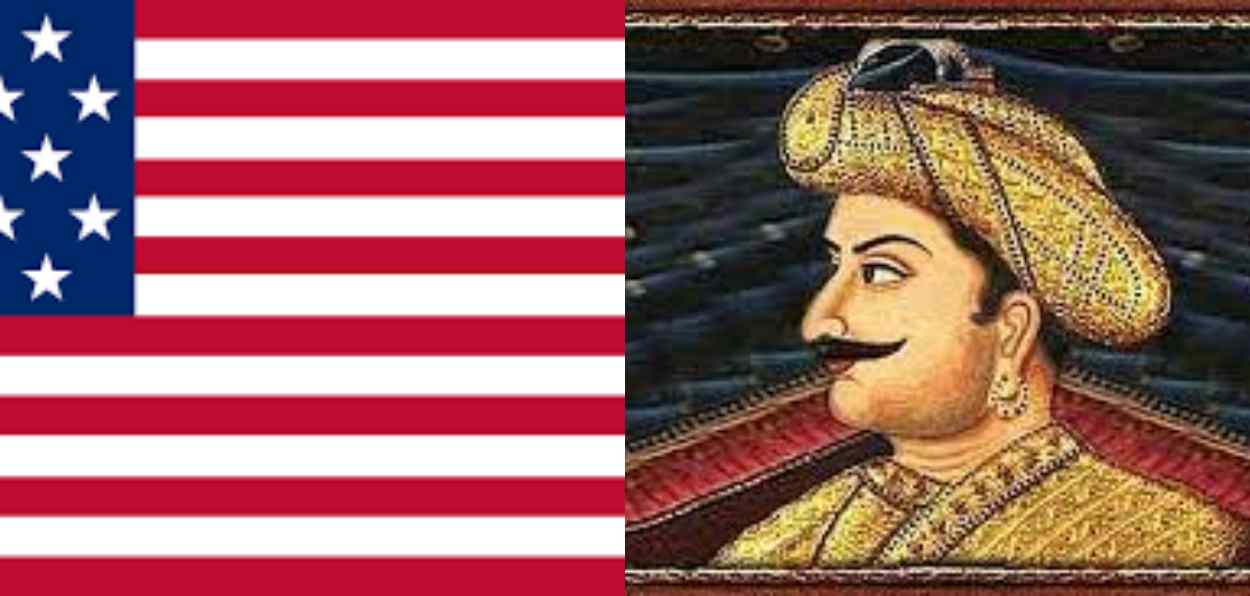
 Saquib Salim
Saquib Salim
O'er the ramparts we watch'd, were so gallantly streaming?
And the Rockets' red glare, the Bombs bursting in the air,
Gave proof through the night that our Flag was still there;
Can there be a US citizen who doesn’t know these lyrics by heart? For those outside the USA, these are the words from her national anthem, Star Spangled Banner, written by Francis Scott Key on 14 September 1814.
The national anthem of the USA has a deep connection with India. In fact, it has more than one connection. The first one is - Rockets - used in the anthem. Key wrote the poem after witnessing an overnight bombardment of Fort McHenry by the British Forces at Baltimore in 1814. He was a captive on a British warship HMS Minden. The rockets mentioned here are Congreve Rockets used by the British army.
Congreve rockets were developed by William Congreve, an English inventor, in 1804. However, these were one of the several other plunders from India by the British colonialists. A. Bowdoin Van Riper in his book Rockets and Missiles: The Life Story of a Technology wrote that Congreve’s innovation was completely based upon the rockets used by Tipu Sultan in India.
He wrote that after Tipu was defeated, “Tippo Sahib's secret weapon did not remain secret for long. Word of his success with rockets reached Europe while the Mysore Wars were still going on, spurring research on military rockets in England, France, Ireland, and elsewhere. After the capture of Seringapatam and the death of Tippoo Sahib, the British shipped hundreds of rockets home to the Royal Arsenal as spoils of war. The point of shipment was less to equip British troops with Indian rockets than to "reverse engineer" them: take them apart, study how they were made, and learn how to build rockets that were as good or better." Congreve standardized and mechanized rocket production.
Though the rockets were used earlier, their first ‘successful’ display was in Baltimore in 1814. According to estimates more than 700 rockets were fired on Forts McHenry. This event led Key to write a poem Defence of Fort M’Henry which was later adopted as the national anthem of the USA known as Star-Spangled Banner.
This was not the only connection of the national anthem with India. Key was held captive on HMS Minden where he wrote this poem. Interestingly, the ship was made in India. At the peak of the Industrial Revolution, the English army had naval ships made by an Indian company. HMS Minden was launched in 1810 as a 74-gun ship by the Wadias headed by Jamsetji Bomanjee Wadia in Mumbai. It was named after a German town Minden and was the first major navy ship of the Royal English Army made outside England. The ship was a move away from Oakwood ships and Wadias made this ship of teak wood. The ship design ensured that for the next one and a half century, they kept producing ships for the European armies.
